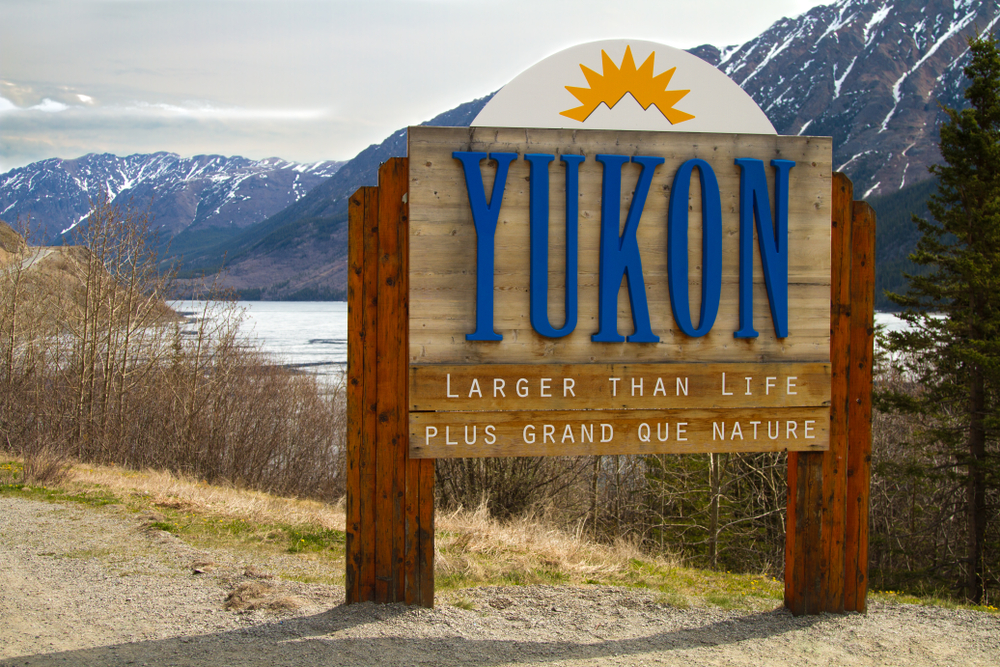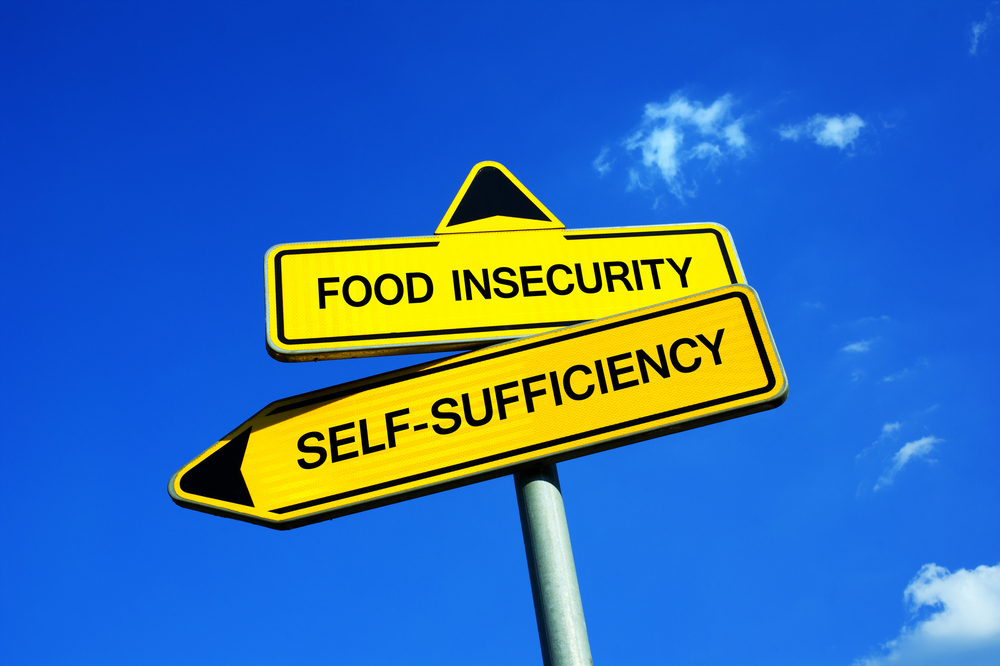In Yukon, gardening and farming take a bit more effort and often a helping hand.

It’s harder to grow crops in Canada’s northern territories, sure. Harder, but not impossible. North of the 60th parallel, things just require a bit more work. Some experimentation, research and often community.
Across the territory of Yukon, community gardens and co-ops are popping up. The farmers’ market in Whitehorse has welcomed new producers, with booths selling cheeses and locally butchered meats. Breweries and cider houses are opening and farmers are able to put together CSA boxes of produce.
Not bad for a region where less than 5 percent of food is grown locally.
But that’s a statistic that local growers and government officials want to change. There are federal and territorial funding grants available for everything from large-scale farms to community greenhouses, all designed to help out local producers. For many across Yukon, growing food is more than a hobby or a career. It’s about food sovereignty.
“The pandemic showed how supply chains (can be) disrupted. I think the more that we can do to ensure sustainability in the North, the better,” says Deborah Turner-Davis, a board member of the Whistle Bend Community Garden (WBCG) in a northern suburb of Whitehorse. Turner-Davis notes that there are only a handful of highways into the Yukon. If there’s a washout, bad weather or disruptions from COVID-19, food scarcity becomes a big problem, very quickly. “We’re relying entirely on this one silver ribbon. If anything impedes the flow of goods, there’s a rush on food and it’s very difficult to get things,” says Turner-Davis.
That’s why Turner-Davis has seen membership at the WBCG increase in recent years. As the area’s population is growing, the community garden is serving as a reliable gathering point, with close to two acres of land to work on. Two years ago, the garden applied for funding and Turner-Davis says they have applied for a federal grant this year to help with their rapid expansion. The garden needs basic supplies and help with irrigation and water supply as their membership grows.

Photo by by M-SUR/Shutterstock.
“One of the original, earlier board members is across the street from the community garden and a water source, at the moment, is to string the hoses across the street to his exterior tap and fill up our huge holding tank…,” says Turner-Davis. “So we keep blowing through hoses.”
On a bigger scale, funding can be used for staff wages and production, like at the Tr’ondëk Hwëch’in Farm (TH Farm) just outside of Dawson City. The teaching farm is one of the only First Nations working farms in the region and is trying to fill some of the need for local food. “(With our production) we have that ability to be able to serve hundreds of families over a 10 week period,” says farm manager Derrick Hastings. “If we can start with two and a half months, and get it to three and a half months, and then we’re building some infrastructure to serve clients over the course of the year, more consistently.”
That’s where the community aspect comes into play again. Hasting says that with a much shorter and much colder growing season, TH Farm relies on gardening tips and tricks that they pick up from other gardeners and share. But rather than stick with root vegetables and cold-weather crops, producers such as TH Farm are forging ahead, trying to figure out what works. Their vegetable boxes include onions, carrots, radishes, tomatoes, cucumbers—all crops that you’d find in your CSA share in warmer climates. But at TH Farm, crops like tomatoes stay in a greenhouse all year round. Hastings says he once saw frost as late as mid-June, popping up again as early as mid-August. They don’t take any chances.
What TH Farm does accept are resources and advice. Just north of Whitehorse is a small research forest and demonstration farm. Bradley Barton, a research technician for Yukon Agriculture Branch, says the spot allows officials to test out crops, experiment with growing techniques and ultimately pass what they’ve learned along to local producers to expand the farming and gardening community.
Recently, Barton and his team have experimented with growing grains, figuring out the tweaks needed to make the prairie crop thrive up north. They’ve learned to adjust fertilizer and water levels and to plant as early in the season as possible. “You don’t have room for error,” Barton says, noting that farmers further south have the luxury of waiting a week or two if the weather isn’t on their side. Not so up north. “You need to get out there and take every piece of time that you have heat and the seeds will germinate and grow. You want to use all of it and you need all of it,” says Barton.
It’s by embracing this community mindset that gardeners and producers have been able to make strides in the region. Sharing resources and tips, and allocating funding widely, has allowed food production to blossom across the Yukon over the last few years. “Community gardens allow people to democratize that process and manage some of their own food needs. And I think that’s just important generally, for people’s sense of well being,” Turner-Davis says. In a region where food sovereignty is a key issue, a big part of the solution may just revolve around collaboration.
This is an good article and an exciting area of growth. Would love to hear updates in the future or have ways to help donate/support them. They need hoses? I have 20 bucks for that. Give me a link.
Nothing makes me more excited that seeing communities grow and support each other’s agricultural development.